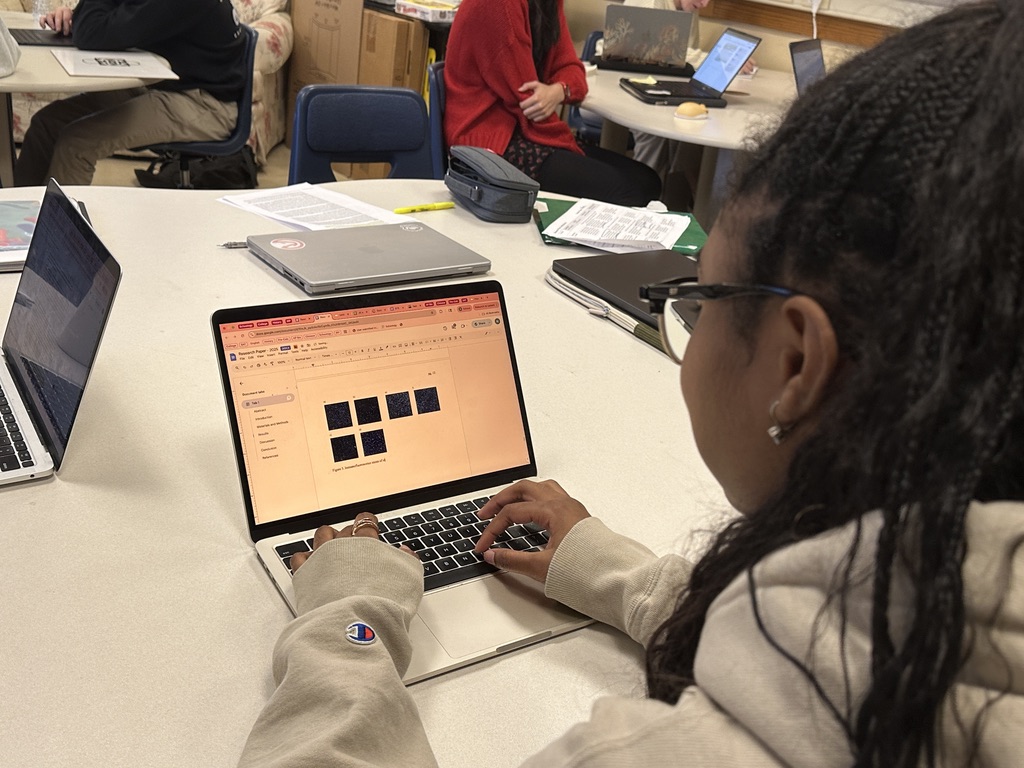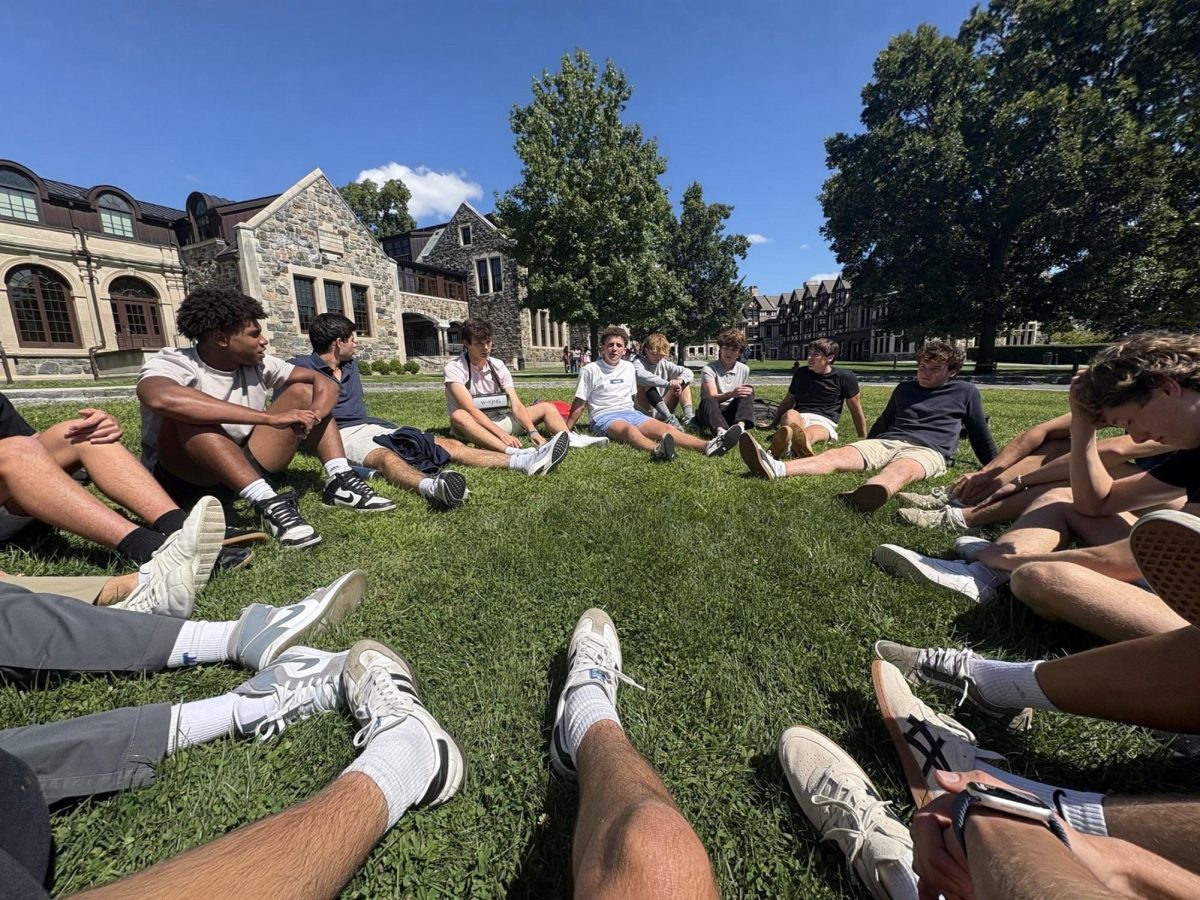A fresh school year is buzzing with potential yet untapped: you roam crowded Hackley halls, sneakers scuffing the waxed floors, and heave a sigh as you sit in your classroom and open your laptop. Your excitement is thwarted as a tiny pixelated dinosaur aside a “No Internet” sign greets you.

Logging on to Hackley Wireless/Connect requires a different, longer process than the past Hackley WiFi. When students first entered school, many were met with internet errors and a set of Terms and Conditions.
This was a common experience the first week when, to general student surprise, Hackley debuted “Hackley Wireless,” a new WiFi network in which access is granted through downloading an application onto your personal device. Although school administrators emphasized its usefulness, many students who may be unaware of the security reasons for the change assumed it was cumbersome and unnecessary.
“I was a little confused on why they felt the need to make such a big change,” said senior NJ Roc-Sennett. She opines that the old WiFi could be “pretty spotty sometimes, but everyone was able to connect to it easily and it got the job done.”
Although the change was met with various complaints and consternations, the administration believes that understanding the reasoning behind the change may quell rising malcontent, and according to Hackley technology administrators, there are important reasons for the switch.
“The impetus was that we have been asked by our insurance carrier, our cyber security insurance carriers, to increase security on the entire network,” said Director of Information Technology, Joseph Diogaurdi, “Over the past year, there were major breaches in security where insurance companies lost money, so they are beefing up the requirements of the people they are giving insurance to help ensure that they would not lose more money in the future.”
As recently as August 2023, the Vermont Department of Financial Regulation reported a massive security breach that compromised the private information of over 42,000 Vermonters and 38 million consumers nationwide; many of the affected companies deal in insurance. Due to the direct connection between Hackley’s security and its many insurance companies, “we are being targeted,” said Cyber Security Manager Anthony Maxwell.
Creating a more secure network involves more intricate and complicated methods of identification. When first attempting to connect to Hackley Wireless, students held understandable suspicions of the application downloading onto their personal devices.
“There have been questions that arose about people potentially monitoring what [they] do,” said Mr. Maxwell. However, the application is not a tool for monitoring but rather a procedure of identification. According to Mr. Dioguardi, Hackley Wireless “uses something called a certificate that proves your identity. And then once you download that certificate into your device, it is then used to connect you to Hackley Wireless… So the only change that was made from last year to this year was the method you use to connect to Hackley Wireless. It’s just a connectivity method.”
So, is Hackley “hacking”? Not at all. Rather, it is taking the initiative to circle the wagons, protecting students’ and staff’s devices from intruding spyware and viruses. The new Hackley Wireless not only ensures the safety of our online wanderings but is quickly becoming yet another hallmark of Hackley’s outstanding, innovative problem-solving.






